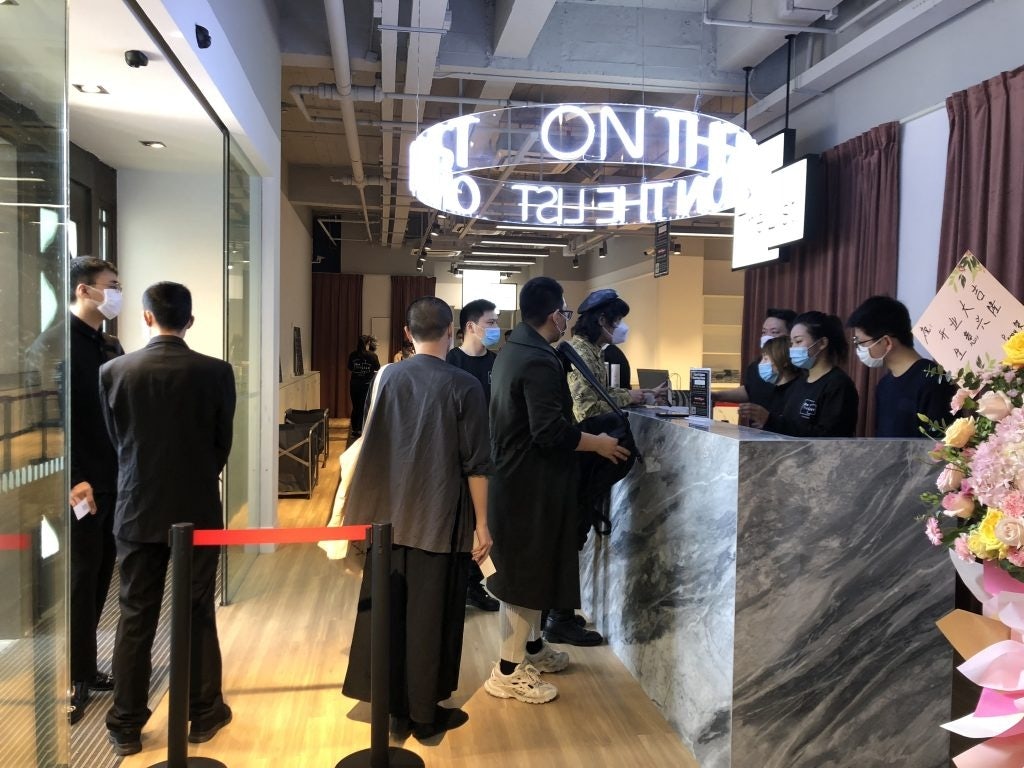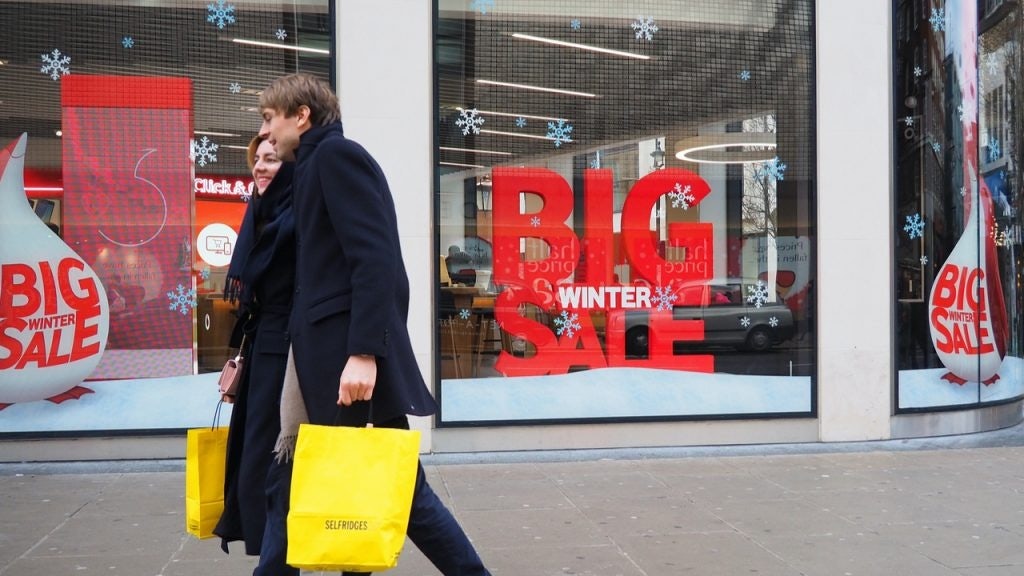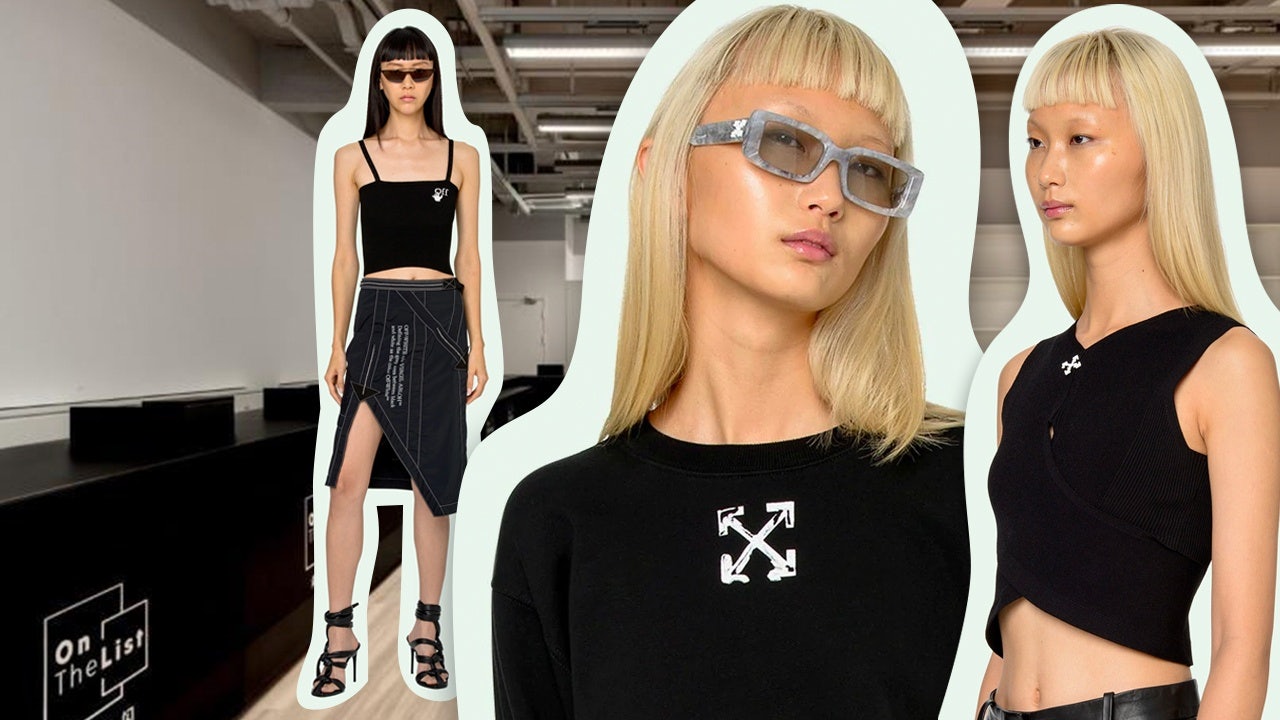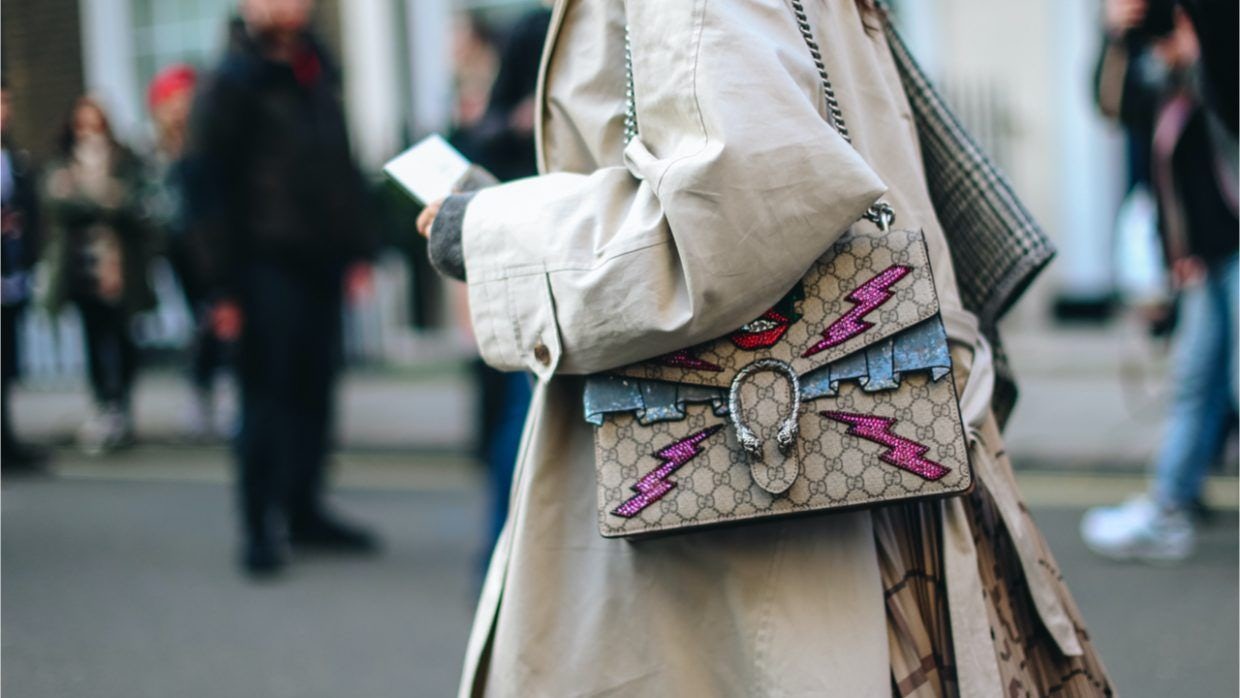On a cloudy morning in April, a line outside a flash sale showroom in Shanghai’s city center quietly formed before 8 o’clock. Waiting in masks, these customers were on a mission to get treasured items by Thom Browne, Sergio Rossi, and many others discounted by as much as 90 percent. It was the first day of the showroom’s soft opening, and as Léa Pellequer, the relationship manager at the members-only flash sales company OnTheList, remembers, people were excited.
These some 500 eager fashion fans did all of their preparation through WeChat, where they registered through the company’s official WeChat account for a time window of two hours, Pellequer said. Once at the door, each of them had to have their temperature taken before they were allowed in. The Asia-based flash sales company was due to unveil its first permanent showroom in Shanghai at the beginning of March, but because of COVID-19, the schedule was delayed until now — a time when the country’s retail stores are reopening and “revenge shopping” is a hot topic.
With China’s local governments and e-tailers giving away digital vouchers to stimulate consumer spending in a post-pandemic world, should luxury brands come up with their own stimulus ideas? Flash sales, for instance, could be more appealing after the pandemic, said Sonja Prokopec, Professor of Marketing at ESSEC Business School’s Asia-Pacific Campus. “[Consumers] will be more value-conscious, and that’s when promotional strategies like these flash sales or discount sites become more attractive to them,” she explained. During the 2009-2010 financial crisis (a somewhat similar situation), the US-based flash sale website Gilt Groupe’s revenue grew from 170 million to 425 million, according to Business of Fashion.
While brands are rushing to maximize liquidity in these uncertain times, they are aware to be carefully calculated with their promotional strategies. Here at Jing Daily, we’ve presented the pros and cons to flash sales that brands should keep in mind:
Pros#
Before founding the company in 2016, OnTheList’s co-founders Diego Dultzin Lacoste and Delphine Lefay worked in luxury fashion and digital, respectively. They understand the problems they were tackling with their current venture. “A lot of brands still dispose or destroy unsold stock,” said Dultzin Lacoste, the great-grandson of one of the co-founders of Lacoste. “As a consumer and a millennial, it makes no sense, but then you understand why they do it.” Flash sales provide an alternative means for brands to get rid of stock, he added.
Abo Milhim from Istituto Marangoni agreed. “[With] the fashion industry having massive amounts of stock, the consumer would prefer it go on sale rather than being destroyed,” he said. “Sustainability is a big factor. Everyone has been naming and shaming lots of fashion brands for destroying clothes. So flash sales were used strategically, and brands will be doing more of this.”
Instead of damaging the brand, Dultzin Lacoste believes that flash sales can actually help a brand’s marketing by reaching a new audience. “If you are a brand organizing end-of-season sales in the store, you get the same customers at the end,” he said. “But with flash sales, there can be a new customer, a younger one, who may not have the purchasing power to buy those brands at full price, and the idea is to connect with them.”
To reach a new audience, flash sale locations should also be accessible. On the listing app Dianping, which is similar to the US-based Yelp, OnTheList has already ranked as a newcomer on the fashion discount store circuit. Among the top 10 places, most are outlets located on the outskirts of Shanghai that consumers can only easily access on weekends. In comparison, OnTheList’s showroom is set within Shanghai’s office-centric Jing’an District and is just a 10-minute walk from a nearby subway station. One Dianping user commented: “I went there straight after work!”

Flash sales also bank on FOMO (or the fear of missing out), and consumers have to make quicker decisions. “Whether you're limited in terms of time or quantity, it creates a sense of urgency for the consumers to react quickly. So from that perspective, flash sales tend to work well because they're usually very short,” professor Prokopec from ESSEC Business School said.
Cons#
But, as with other promotional strategies, luxury brands need to be careful about discounting, whether you’re talking about flash sales or something else. Louis Vuitton is famous for never discounting, and Chanel only puts on two unadvertised sales a year. Both brands do this to protect their brand equity, said Prokopec.
Discounting has long been a tricky issue for luxury brands. “They cannot do discounts regularly because this will affect their brand equity and the way they are perceived,” said Abdullah Abo Milhim, who lectures on the fashion business and luxury brand management at Istituto Marangoni School of Fashion, London. In fact, many brands have endured painful missteps via outlets. “Brands that lost control on the outlets ended up getting damaged so quickly with this,” said Abo Milhim, adding that high-end fashion brands Ralph Lauren and Ted Baker have both been victims.
If brands decide to do flash sales or any discount on their own, it could result in damaging the brand. “For example, in London, when Selfridges announced sales, customers see it as a sales buy by Selfridges but not by the brand,” explained Abo Milhim. “If the brand introduces one themselves, the damage will probably be quite big.” That’s why many brands have decided to work with third parties.
In China, luxury flash sales have already become popular via e-commerce. On Weibo, luxury e-tailer Mytheresa is currently advertising flash sales from Saint Laurent and Off-White, while highlighting that the goods would be directly shipped from Europe. But according to Abo Milhim, there might also be a downside to only using one channel: a silo effect. “Consumers’ digital identity is not necessarily the same when compared with the people who shop in stores,” he said. “Gen-Zers around the world tend to shop online less because they are a bit more experiential.”

Whether flash sales will stay as a prominent strategy for luxury brands is yet to be determined. The Australia-based MySale Group, which has a presence in both Europe and Asia, was put up for sale last year, and US-based Gilt Groupe has gone quiet after its initial boom during the post-financial crisis recovery. Will the model of flash sales be any different this time around, particularly in the China market?
Dultzin Lacoste, whose company produces both online and offline flash sales, said the demand from both consumers and brands in China is stronger. “The first thing that made us realize China was different was how much stock brands were willing to put on sale,” he revealed. “In Hong Kong, we're talking about 5,000 to 10,000 pieces for one flash sale event. But the volumes here are much higher.”

